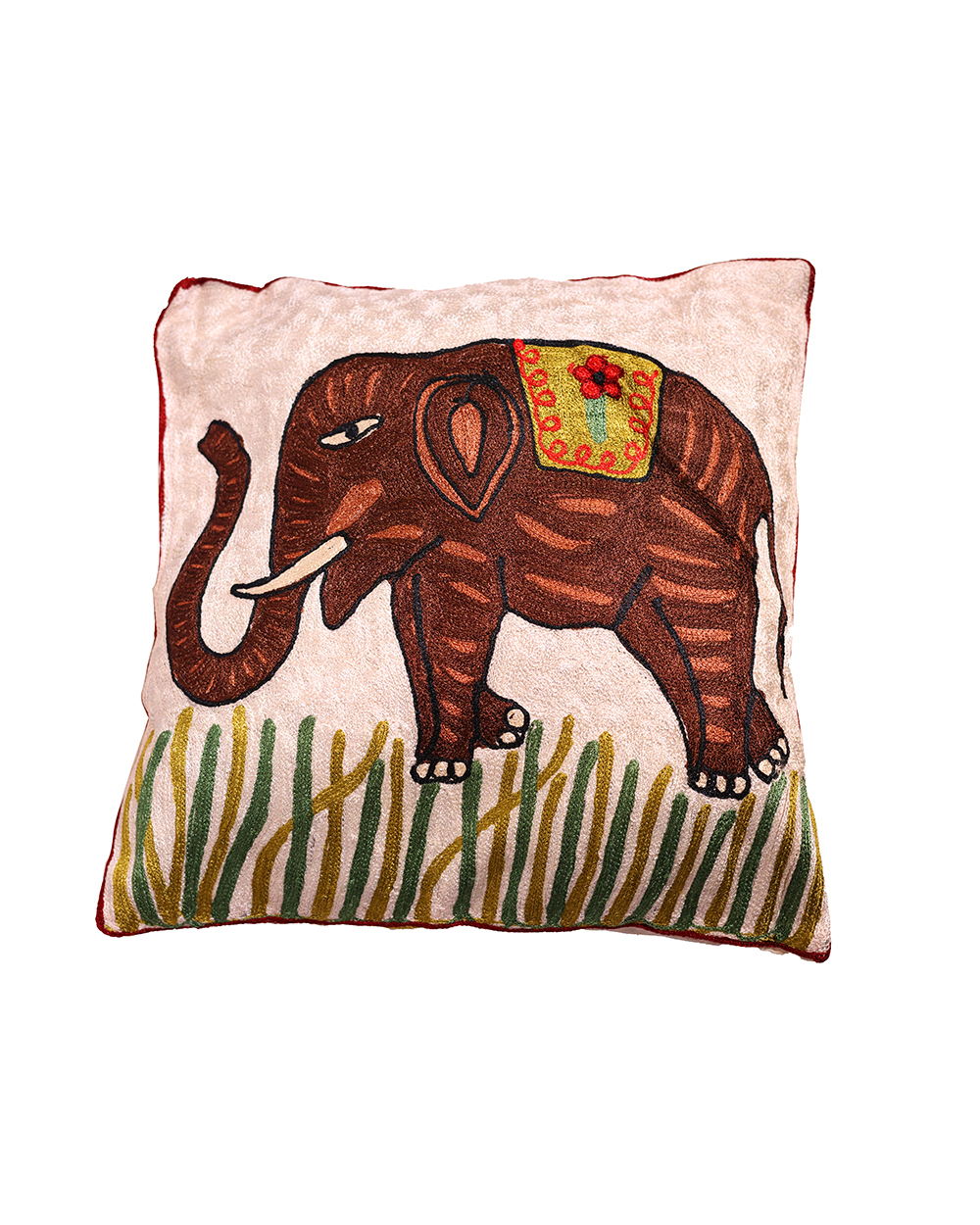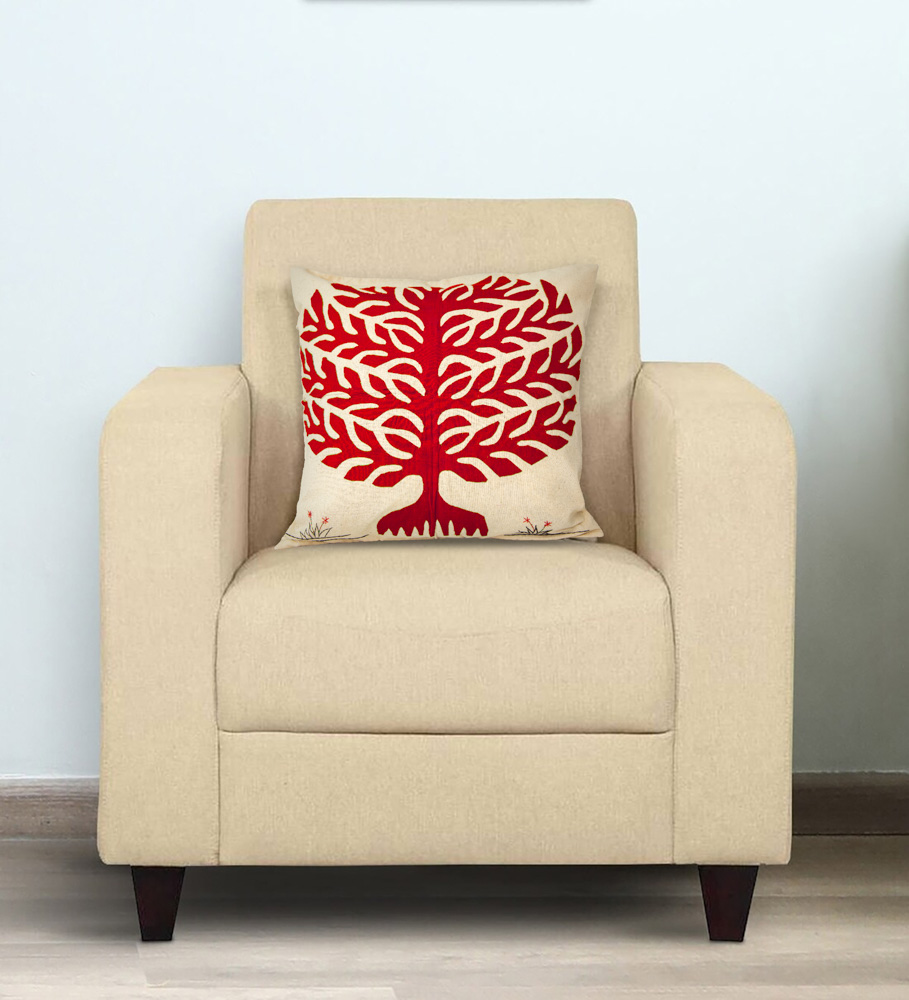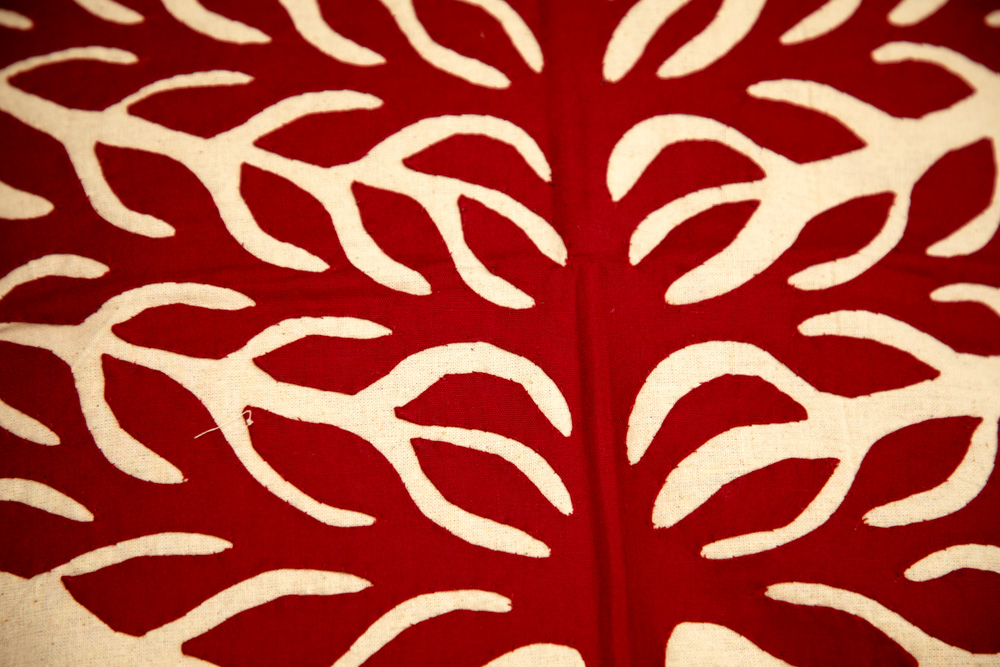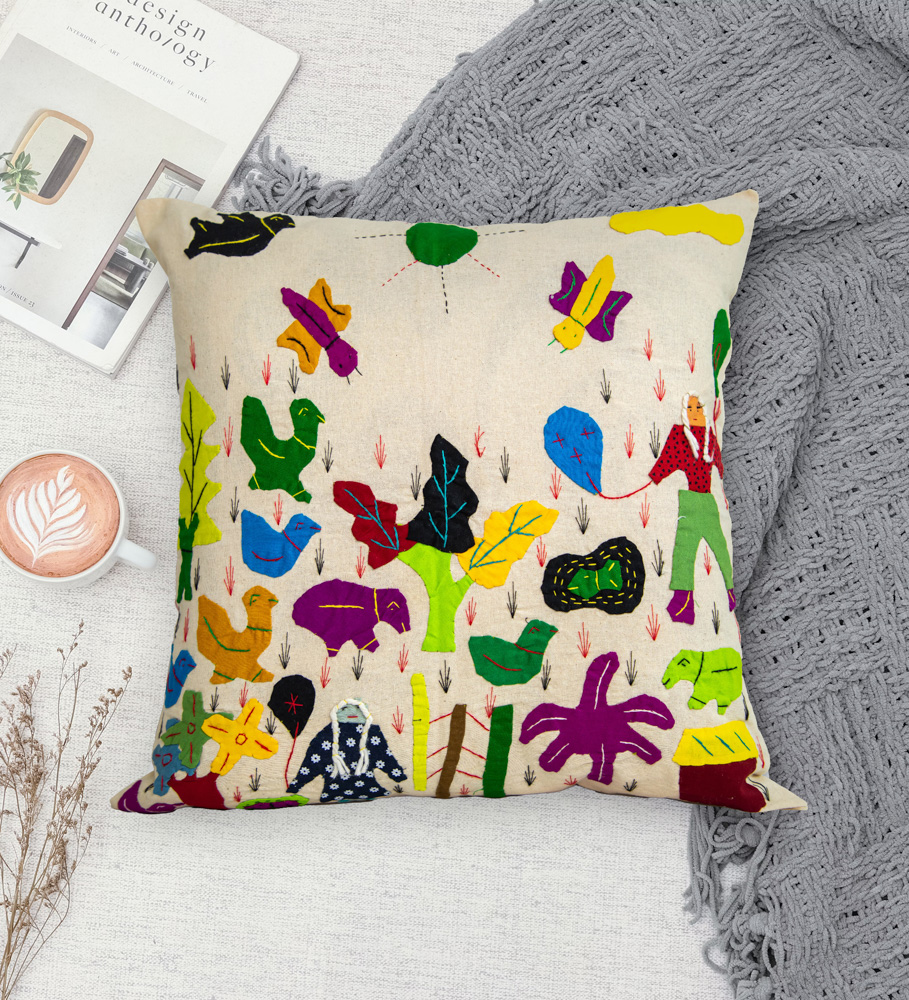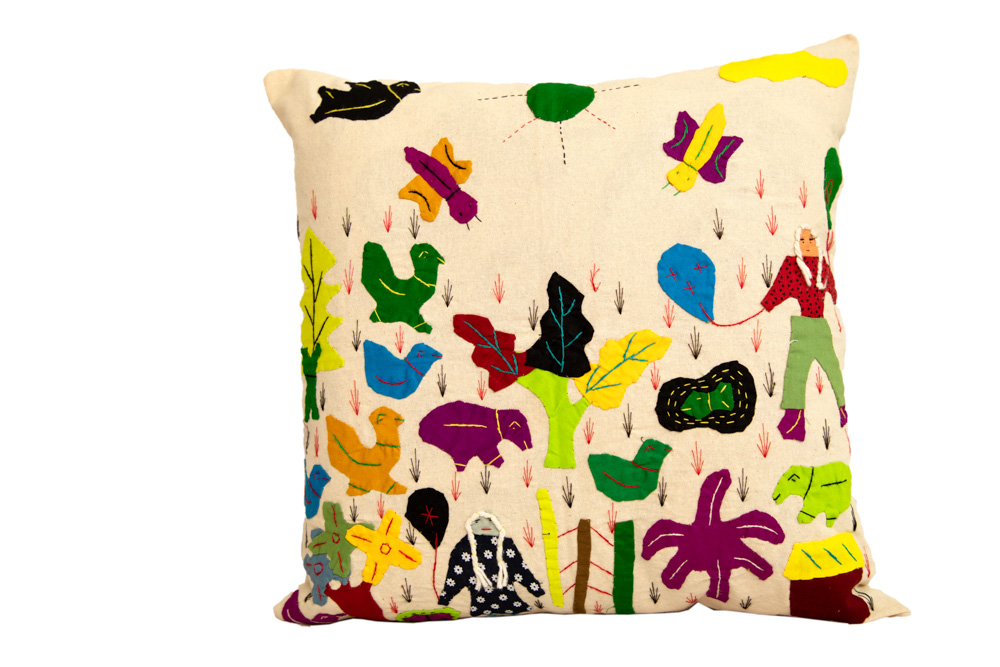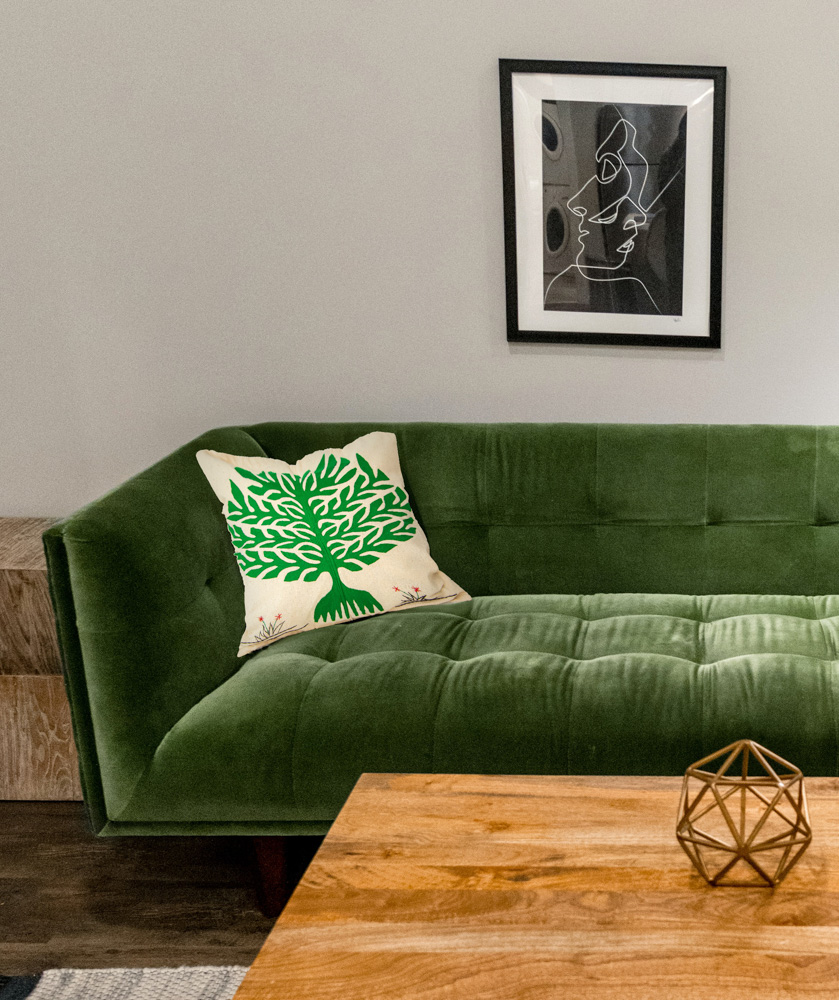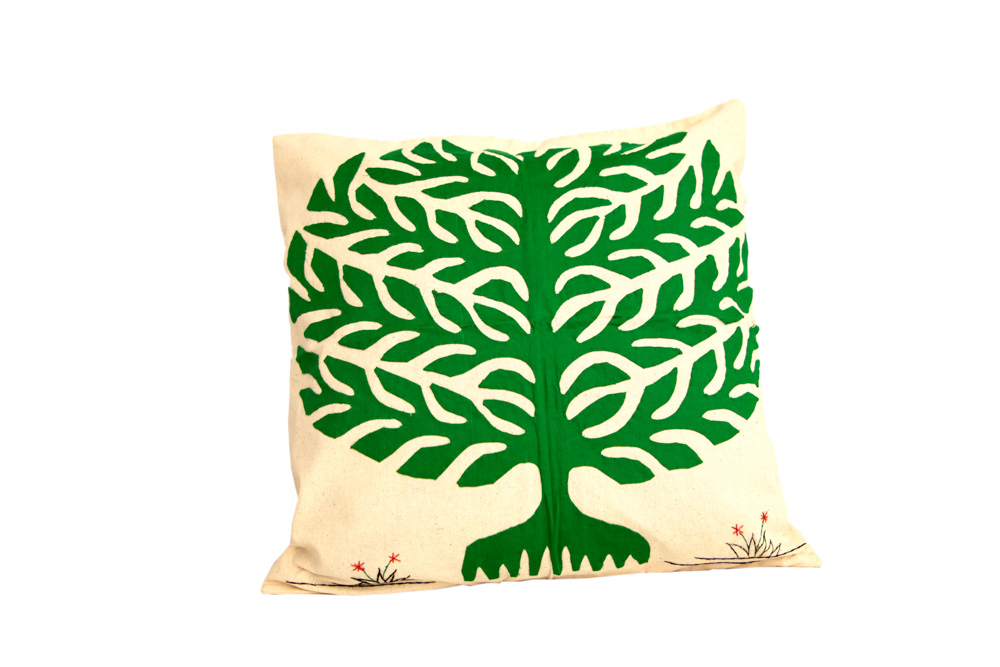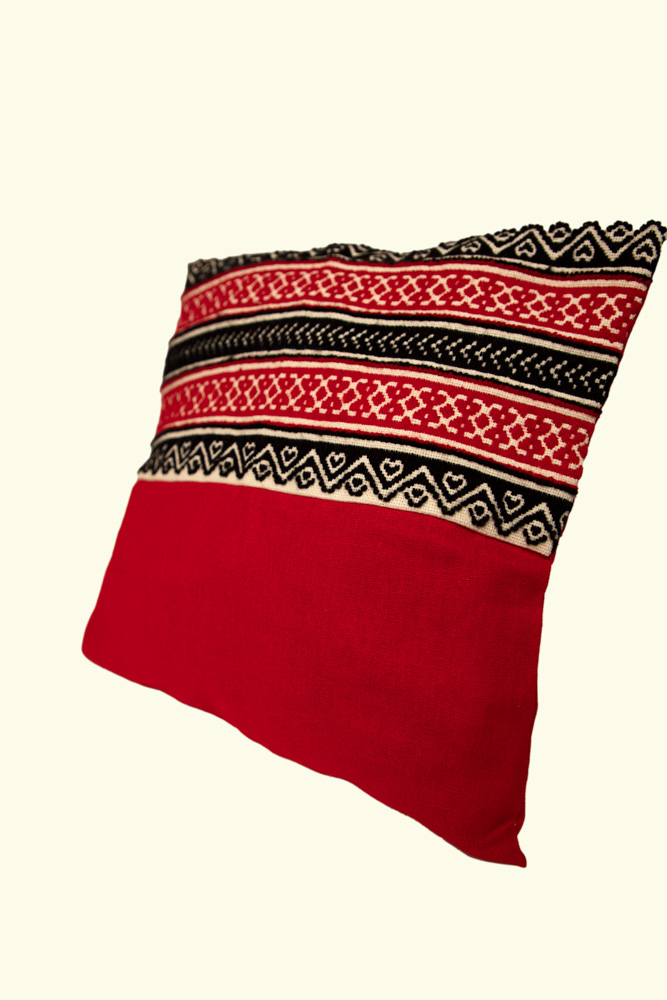Description
Originating from the royal courts of Mughal India, Aari embroidery is a time-honored craft characterized by its intricate threadwork and meticulous attention to detail. Each piece in our collection is handcrafted by skilled artisans using a specialized hooked needle, known as an “aari,” to create stunning patterns and designs on fabric.

